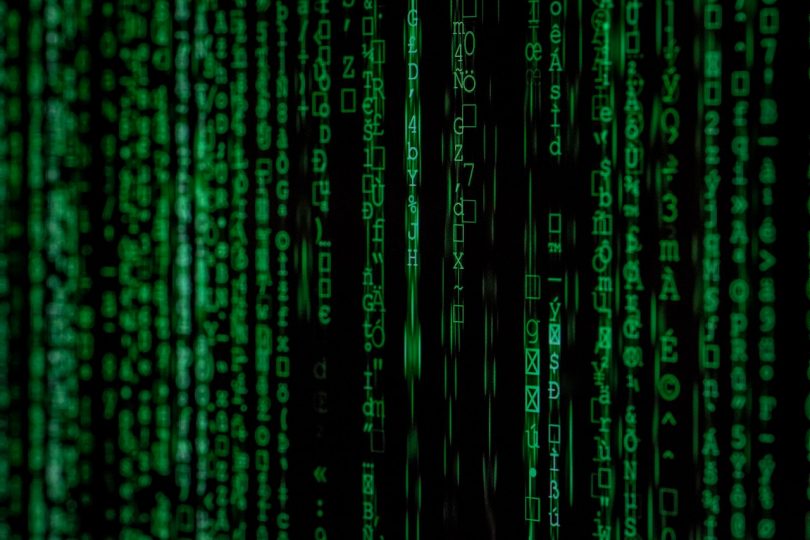A lot of businesses today have managed to survive the competition by formulating strategies and decisions based on a lot of usable data that they obtained on the internet. If you want to stay ahead of your rivals, you need to employ web scraping in your analysis.
Throughout this article, you will find a few details about web scraping and a list of the right tools for gathering data seamlessly for your business.
What is Web Scraping?
Web scraping is a process of extracting information from websites using a targeted approach. With it, the acquisition of data from websites becomes efficient, regardless of how large the publicly available data is.
Although web scraping involved manual data extraction in the past, it can be implemented mostly via automated means using a bot or web crawler.
Some of the primary catalysts for this transition are the improvement in accuracy on automatic extraction, the reality that all web data should not dwell in static HTML on a webpage forever, and the rising popularity of single-page applications (SPA).
How Can Web Scraping Help Various Businesses?
There are several ways in which different businesses can benefit from web scraping. Here are a few:
1. Providing Data Accessibility
Web scraping offers companies access to a broad range of comprehensive publicly available data, such as changes to competitor prices and product reviews.
2. Conducting Industry Research
With web scraping, enterprises can conduct industry research to analyze brand new products or services their primary competitor is offering, ascertain their customers’ response, identify changes on rivals’ websites, and identify prospective areas for improvement.
List of Tools Needed for a Suitable and Smooth Data Gathering Process
There are many essential web scraping tools that you can use to implement and experience seamless data extraction. They consist of:
1. DOM Parsing
The Document Object Model (DOM) dictates the content inside XML files and the style of a webpage. Scrapers typically use DOM parsing to obtain a complete view of a webpage’s structure. With DOM parsing, you can embed any full-fledged web browser to extract the whole web page or just certain portions of it, no matter if the generated content is dynamic.
2. HTML Parsing
For extracting text, links, and other online resources, HTML parsing works best with linear or nested HTML pages. You can also use this practical and quick method for screen scraping. To make it work, though, you should have a basic understanding of the JavaScript language.
3. Text Pattern Matching
This regular expression matching tool is another viable way to extract data on the web. However, text pattern matching requires the use of a Unix command called “grep” and programming languages such as Perl and Python.
4. Vertical Aggregation
Companies that have access to large-scale computing power have made vertical aggregation possible as the demand for data gathering increases. This data harvesting platform can operate on the cloud with less or no human intervention at all. These platforms carry out the automatic creation and monitoring of bots for targeted specific verticals.
5. XPath
XPath, or XML Path Language, is another useful data gathering tool that works best on XML documents. You can use it to navigate across a tree-like structure that is present in every XML document.
It chooses nodes according to various parameters during the navigation. Along with DOM parsing, you can take advantage of XPath for extracting an entire webpage and publishing it on the target website.
Different Types of Web Scrapers
Varying types of web scrapers are available for use depending on the portions of data needed to acquire. These are:
1. Browser Extension
A web browser extension is a handy data harvester suitable for scraping data while browsing. You only have to visit the browser’s plug-in store, install the browser extension, and configure how you want it to extract data from your website of choice.
Pros:
- Easy to install and use
- Additional software setup not required
- Can download in CSV or other supported formats
Cons:
- Can only extract small portions of data
- Extracts only one page at a time
- Data harvesting is limited to the browser only
2. Installable Software
If a browser extension is not enough to meet your data extraction needs, you may opt for installable web scraping software instead. Just like any other PC software, you can install it according to your preferences.
Pros:
- Compatible with most PC operating systems
- Can scrape more than one page at a time
- Supports CSV and other known formats
Cons:
- Can only extract small to medium chunks of data
- Cannot scrape large amounts of data
- Might be prone to data loss if software crashes
3. Cloud-Based Scraper
Among the mentioned types of web scrapers, the cloud-based variant is the most robust so far due to its lack of local installation and hassle-free configuration. After setting up your plan and requirement, you can extract data using a web scraping API and downloadable format.
Pros:
- No need for installation
- Can extract large amounts of data
Cons:
- Internet connectivity required
- May require a scraping API
Different Types of Proxies
Using a web scraper together with a proxy enables you to mine your website of choice more reliably, thus minimizing the likelihood of your bot or crawler getting blocked. Here are the various types of proxies that you can use:
1. Data Center Proxy
A data center proxy is a non-physical, computer-generated IP address of a server housed in a data center. It is similar to having a proxy IP in the cloud.
Pros:
- Offers a robust web crawling solution
- Fast Internet connection speed
Cons:
- Susceptible to ban or cloaking due to IP similarity
2. Mobile Proxy
A mobile proxy is usually an IP of a privately owned mobile device. Though it is one of the least commonly used proxy IPs today, it allows you to extract the results displayed to mobile users.
Pros:
- Allows you to use a device owner’s GSM network for data harvesting
Cons:
- The least recommended proxy
- Extremely high-end
3. Residential Proxy
A residential proxy is an IP address associated with a real, physical device. Residential proxy IPs are the best type for most uses because servers perceive them as regular clients.
Pros:
- Nearly impossible to detect
- Makes gaining access to data easy
- Can get around some geographic restrictions easily
Cons:
- Can be abused by the proxy user
Conclusion
When it comes to selecting the tools you need for that flawless web data harvesting, you must re-evaluate which types of industry information you are aiming for and how much valuable data you need.
From there, you can narrow down the types of web scrapers and proxies you can use for data gathering.









